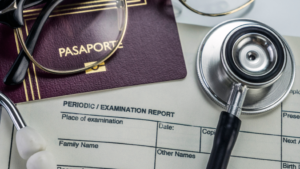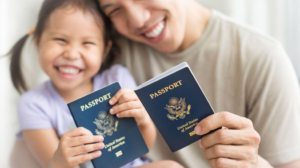 The EB-5 Immigrant Investor Program Modernization regulation was published in the Federal Register on July 24, 2019 and this final rule is scheduled to become effective on November 21, 2019. The most significant part of the final rule for investors is an increase to the minimum investment amount. The rule will increase the minimum investment amount in a Targeted Employment Area (“TEA”) from $500,000 to $900,000 and in a Non-TEA from $1 million to $1.8 million.
The EB-5 Immigrant Investor Program Modernization regulation was published in the Federal Register on July 24, 2019 and this final rule is scheduled to become effective on November 21, 2019. The most significant part of the final rule for investors is an increase to the minimum investment amount. The rule will increase the minimum investment amount in a Targeted Employment Area (“TEA”) from $500,000 to $900,000 and in a Non-TEA from $1 million to $1.8 million.
Key points of the new regulation are:
- An increase to the minimum investment amount in a Targeted Employment Area (“TEA”) from $500,000 to $900,000 and in a Non-TEA from $1 million to $1.8 million;
- The Department of Homeland Security / USCIS will have authority to designate TEAs;
- The USCIS will only allow the adjacent census tracts to be used in TEA determination;
- An investor can retain the Priority Date of an earlier-approved EB-5 Form I-526 Petition (“Petition”) for any subsequent approved EB-5 Petition under certain circumstances;
- Cities and towns with a population of 20,000 or more and that are outside of a Metropolitan Statistical Area with high unemployment are added in the TEA designation process;
- Sets a schedule of regularly scheduled adjustments every 5-years to both TEA and non-TEA investment amount.
The changes to the minimum investment amounts and new TEA determination rules should not apply to anyone who filed a Petition prior to November 21, 2019. While the regulation has been published, there is still a possibility that Congress might make legislative changes or that private individuals could challenge the regulations in the courts. The former does not seem likely as Congress has proven unable to have any consensus on new immigration laws and the latter might prove only a temporary postponement of the regulation.
Anyone who is considering doing EB-5 to immigrate to the United States should give serious consideration to starting the process now in order to file before November 21, 2019.
Starting on Nov. 21, people between I-526 approval and conditional permanent residence may be able to take advantage of the rule’s new priority date retention provision. (I’m still thinking about how much difference this provision can make, in practice.) Starting on Nov. 21, the I-829 process changes will affect anyone reaching the I-829 stage.
For more information, you can contact us at:








